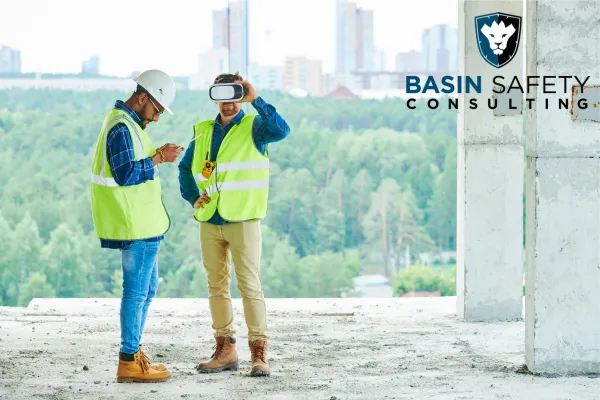
AR/VR in OSHA Audits: Transforming Safety Training
Safety compliance is a top priority for every organization, especially in industries like construction, oil and gas, and manufacturing. With OSHA (Occupational Safety and Health Administration) audits becoming increasingly thorough, companies must ensure their safety training methods are effective, engaging, and verifiable.
This is where AR (Augmented Reality) and VR (Virtual Reality) come in. By transforming traditional safety training into immersive, hands-on experiences, AR/VR can prepare employees better and improve OSHA audit outcomes.
Why OSHA Audits Demand Better Safety Training
During an OSHA audit, inspectors assess whether your workforce is properly trained and prepared to handle hazards. Traditional methods like PowerPoints and printed manuals often fall short because:
Employees may not retain information.
Training lacks real-world application.
Documentation can be incomplete or outdated.
Auditors want to see proof of effective, consistent training that reduces workplace risks. That’s where AR/VR safety programs make a difference.
How AR/VR Enhances Safety Training
1. Immersive, Hands-On Learning
AR/VR places workers in simulated environments where they can safely practice procedures. For example, oil-field employees can practice ladder safety, confined space entry, or emergency shutdowns without real-world hazards.
2. Measurable Results and Compliance Tracking
AR/VR platforms often include analytics that track progress, completion rates, and performance. This data provides OSHA auditors with tangible proof of compliance.
3. Increased Engagement and Retention
Interactive learning is far more memorable than lectures. Workers who “experience” hazards virtually are more likely to retain information and apply it correctly on the job.
4. Cost-Effective Long Term
While the initial investment in AR/VR may seem high, companies save money by reducing accidents, cutting down retraining needs, and improving overall safety culture.
Real-World Applications for OSHA Audit Readiness
Emergency Response Drills – Workers practice fire, chemical spill, or evacuation protocols in VR.
Equipment Training – Operators use AR/VR to learn safe handling of heavy machinery.
Fall Protection & Ladder Safety – Employees engage in realistic simulations of high-risk environments.
Hazard Identification – Trainees learn to spot workplace risks in lifelike settings.
Each of these applications strengthens audit readiness by ensuring employees are prepared and documentation is verifiable.
Conclusion
OSHA audits are no longer just about checking paperwork—they’re about verifying that safety training is effective and actionable. By investing in AR/VR interactive safety training, businesses can:
Improve employee engagement and retention
Demonstrate compliance with confidence
Reduce workplace incidents and long-term costs
Call to Action (CTA)
Ready to modernize your safety training and ace your next OSHA audit? 🚀
Contact our team today to learn about AR/VR safety training solutions or schedule a customized compliance consultation.
